In the Nguyen Dynasty's Royal Records currently preserved at National Archives Center I, there are many documents recording the construction, restoration and expansion of the Dien Tho Palace grounds as well as activities related to daily life here.

Panoramic view of Dien Tho Palace - residence of the Queen Mothers and Grand Queen Mothers of the Nguyen Dynasty.
Accordingly, in April 1804, King Gia Long built Truong Tho Palace as a residence for the Queen Mother to replace Hau Dien.
During the reign of King Minh Mang, Tu Tho Palace was built, located within the grounds of Truong Tho Palace, to serve as a resting place for Thuan Thien Cao Hoang Thai Hau Tran Thi Dang.
During the reign of King Tu Duc, he ordered the entire structure of Tu Tho Palace to be dismantled and Gia Tho Palace built, completed in February 1849, becoming the residence of Queen Mother Tu Du.
During the reign of King Thanh Thai, this building was renamed Ninh Tho Palace and the owner was Mrs. Nghi Thien, then Mrs. Tu Minh, mother of King Thanh Thai.
During the reign of King Khai Dinh, Ninh Tho Palace was restored, repaired and renamed Dien Tho Palace until today, where it is the residence of the Holy Palace Royal Noble Consort.
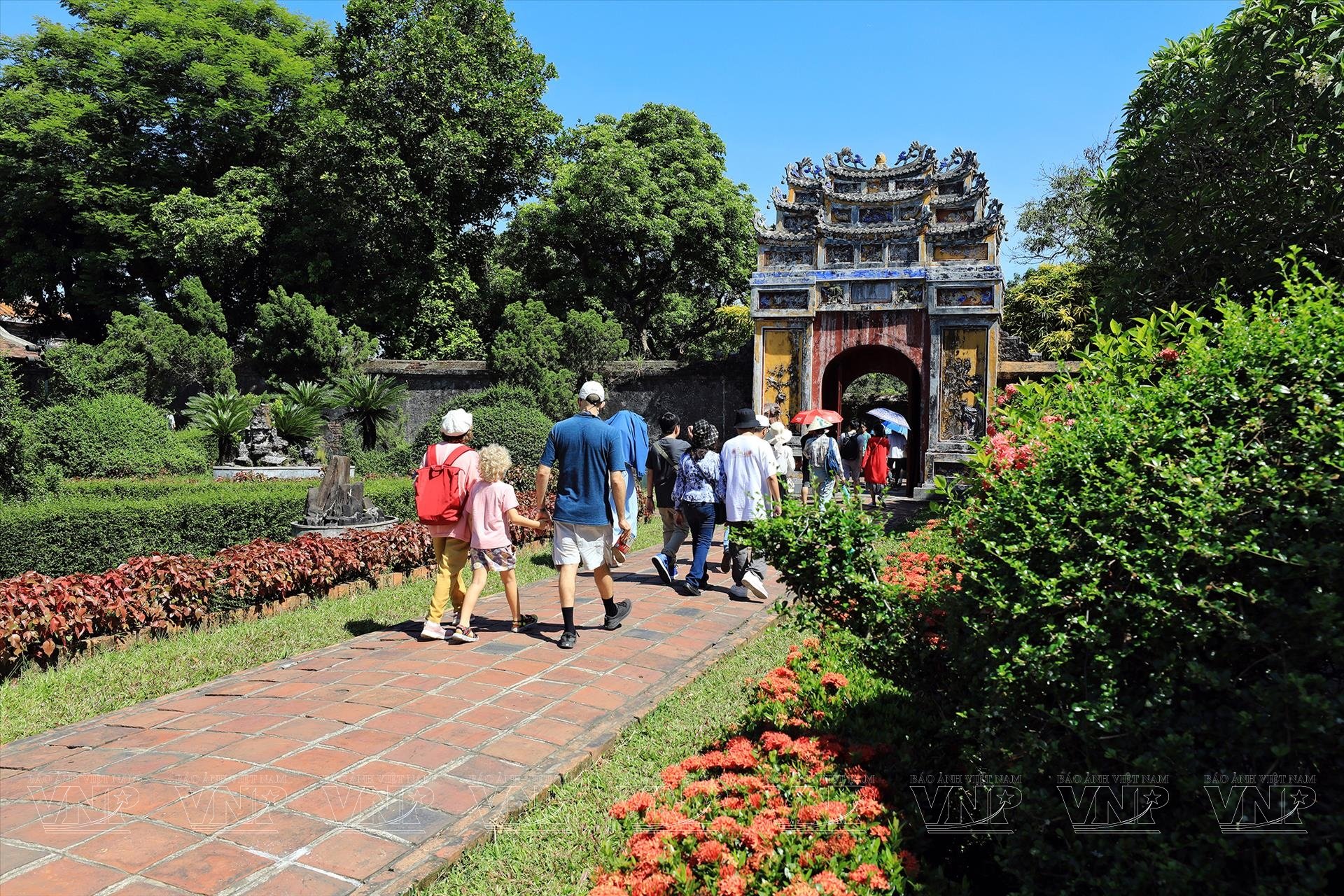
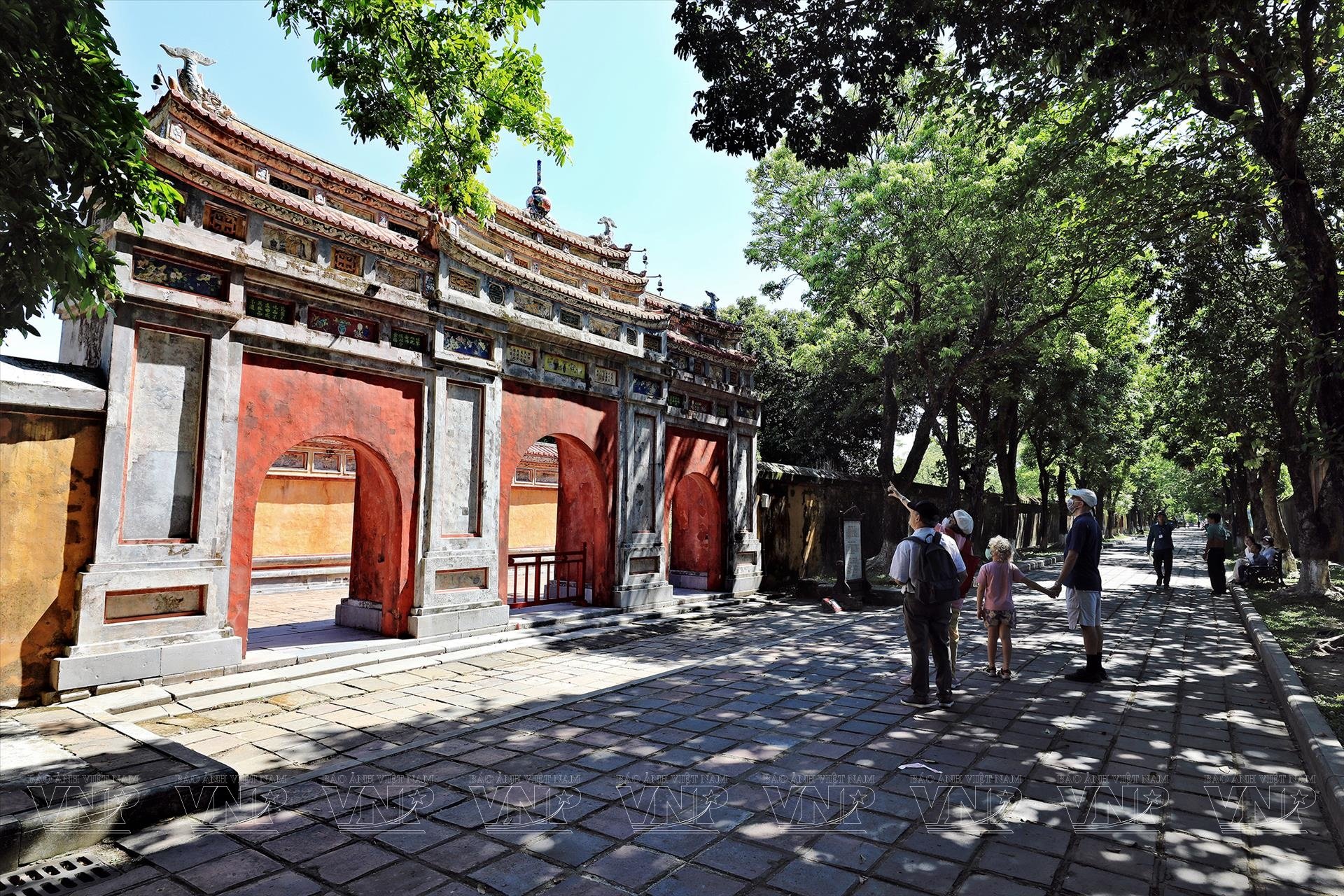
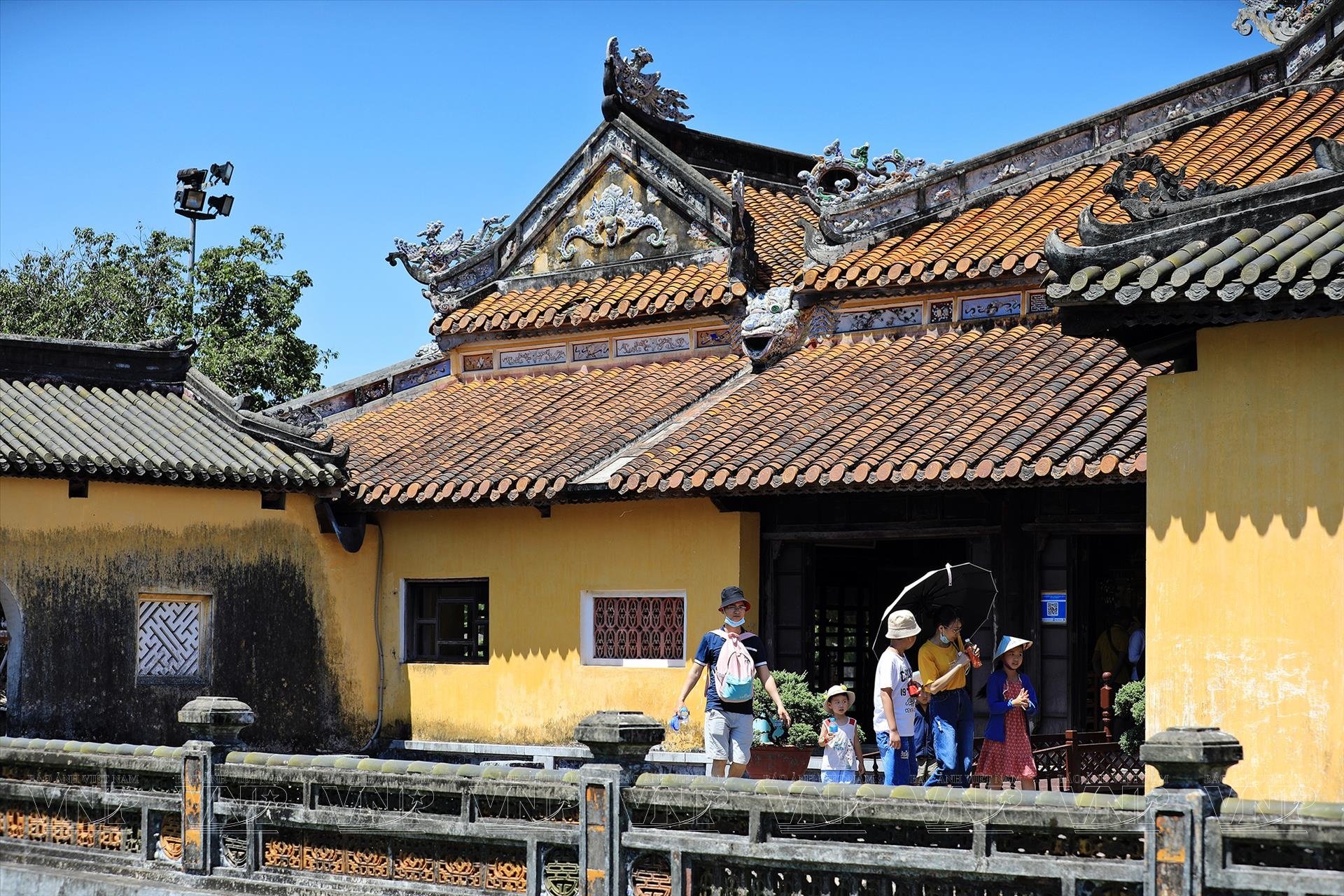
Dien Tho Palace consists of about 20 large and small architectural works with diverse types and architectural styles.
A typical example is the main hall of Dien Tho Palace, with the main hall located in the center of Dien Tho Palace, built of bricks and black painted wood. The project has a massive scale with an area of nearly 960m² and the details are carved meticulously and elaborately in an elegant style.
In particular, the interior of the main hall is still kept quite intact with the horizontal lacquered board "Dien Tho Palace" and eight extremely valuable mirror paintings.
Next to the main hall is Ta Tra, which is used to welcome those who come to see the Queen Mother. The building has 3 rooms and 2 wings, built of bricks and wood, with a strong East Asian style. Symmetrical to Ta Tra across the front yard of the main hall of Dien Tho Palace is Tinh Minh Tower. The building was built in modern Western architecture.
In addition, when coming to Dien Tho Palace, visitors cannot miss Phuoc Tho Am (the upper floor is Khuong Ninh Cac). The building was built in 1831 and restored in 1849 and 1900. It is a tower built as a place to worship Buddha and Saints to serve the religious needs of the Queen Mothers and the harem.
The building is a two-story building with balanced and beautiful architecture and is located in an independent campus, separated from the outside by a closed wall. The Queen Mother often comes here to worship on the first and fifteenth days of every month and on the annual festival.
Located to the east of the main palace of Dien Tho Palace is Ta Truong Du (also known as the water pavilion). This structure is designed in the style of a traditional Hue house, including one room, four wings, a blue glazed tiled roof, a tiled floor, wooden walls and the interior of the structure is intricately carved. This is the place where the Queen Mothers relax with a harmonious and extremely reasonable space arrangement.
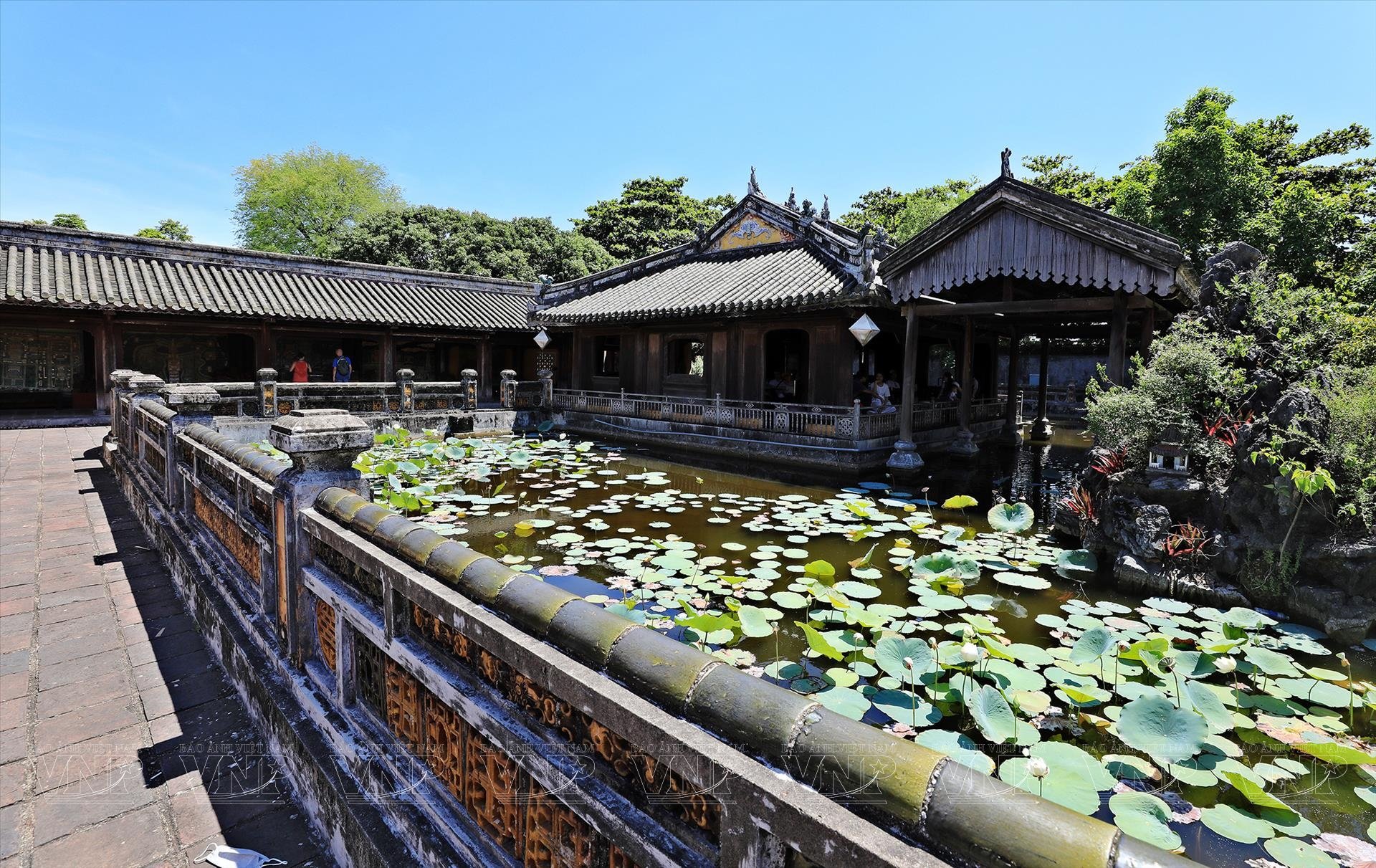
Ta Truong Du (also known as the water pavilion) is located to the east of the main hall of Dien Tho palace, Hue imperial palace during the Nguyen dynasty.
Ta Truong Du is designed in the style of traditional Hue houses.
Today, when visiting Dien Tho Palace, visitors will encounter a golden plaque “Dien Tho Palace” that has been preserved since ancient times. Through many turbulent periods of history, some structures have been destroyed or rebuilt, but basically the architectural works here still retain their unique features from the time of King Tu Duc.
With its long-standing historical value, unique architecture and ancient, quiet space, Dien Tho Palace is a place not to be missed when coming to Hue. This place promises to bring visitors valuable experiences and a clearer sense of life in the forbidden palace during the feudal period./.
Source: https://danviet.vn/cung-dien-nao-cua-nha-nguyen-o-kinh-do-hue-co-quy-mo-kien-truc-do-so-nhat-vua-xay-cho-ai-o-20240916160626054.htm



![[Photo] Ministry of Defense sees off relief forces to the airport to Myanmar for mission](https://vstatic.vietnam.vn/vietnam/resource/IMAGE/2025/3/30/245629fab9d644fd909ecd67f1749123)
![[Photo] Prime Minister Pham Minh Chinh receives delegation of leaders of US universities](https://vstatic.vietnam.vn/vietnam/resource/IMAGE/2025/3/31/8be7f6be90624512b385fd1690124eaa)
![[Photo] 2nd Conference of the Party Executive Committee of Central Party Agencies](https://vstatic.vietnam.vn/vietnam/resource/IMAGE/2025/3/31/8f85b88962b34701ac511682b09b1e0d)
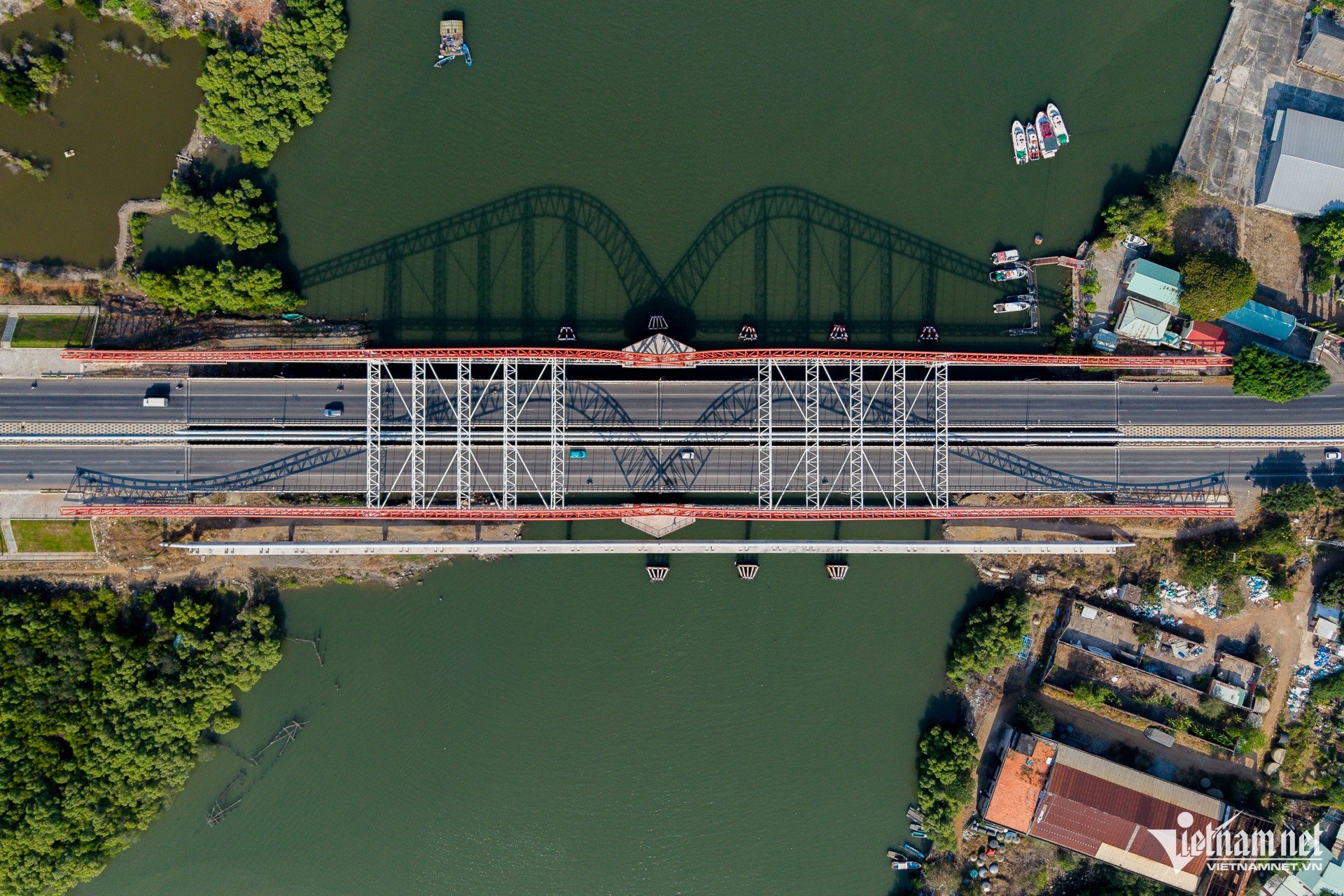






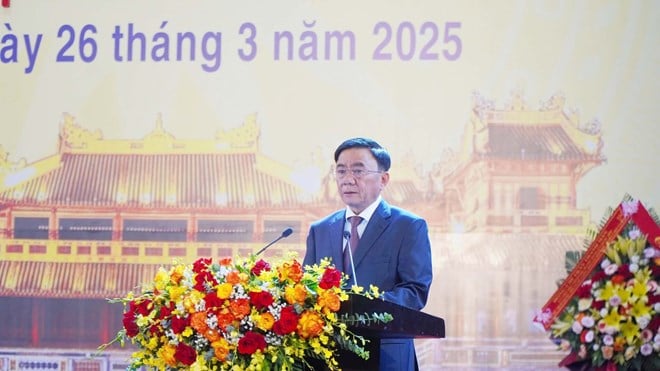

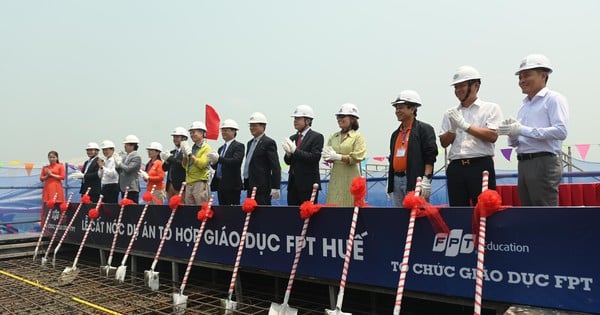
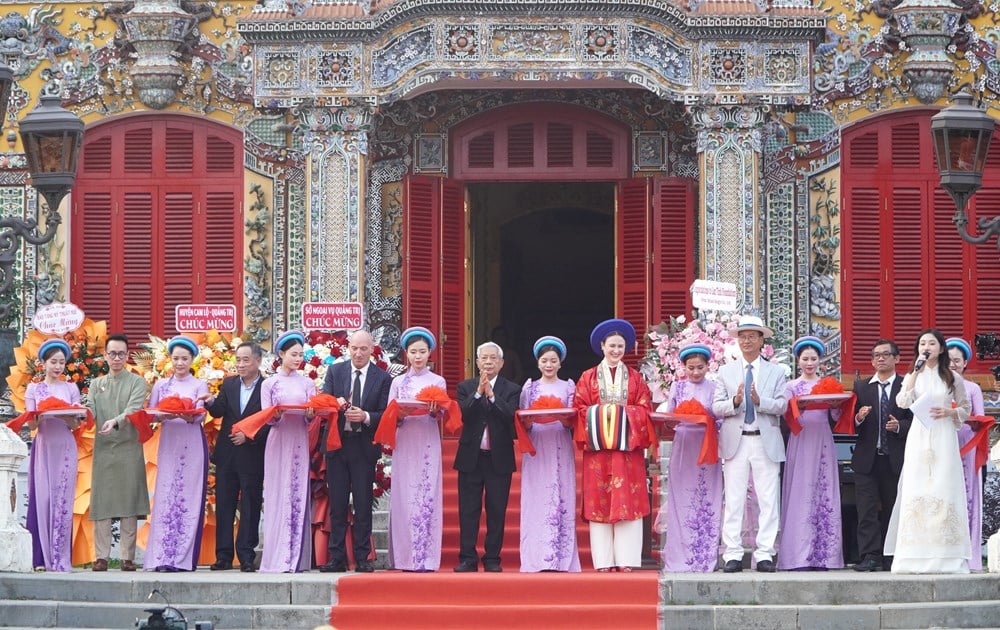

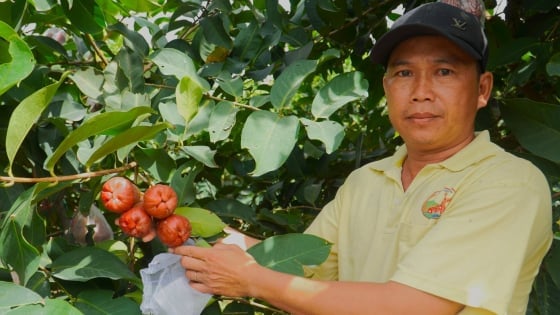

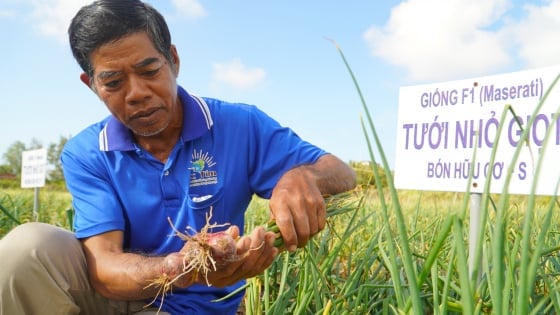
![Bright future of mulberry and silk in the Northern mountainous region: [Article 5] Research on new silkworm breeds](https://vstatic.vietnam.vn/vietnam/resource/IMAGE/2025/3/31/e34f68a2518a40b2a91a8e4261a338c0)

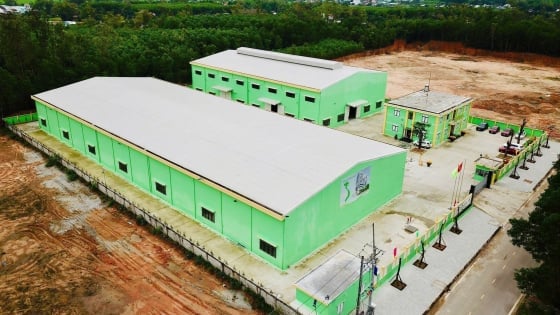

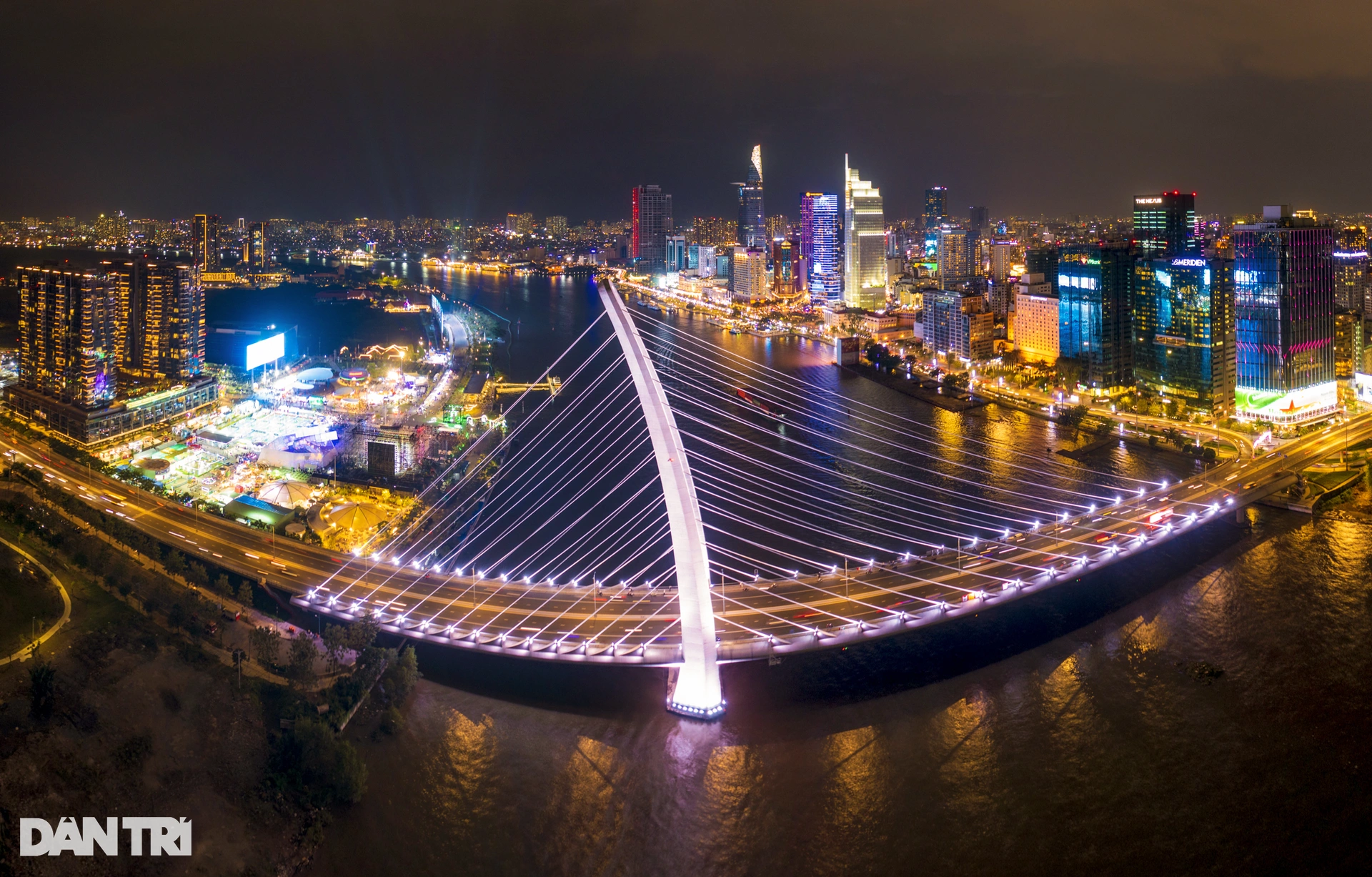

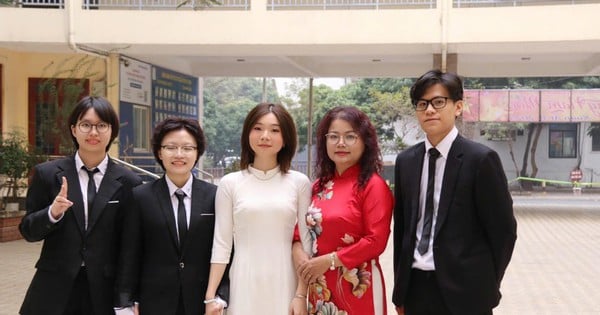
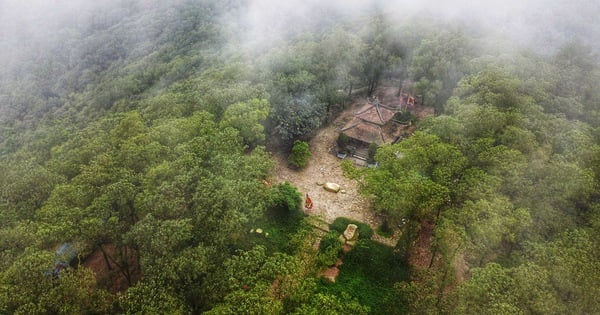





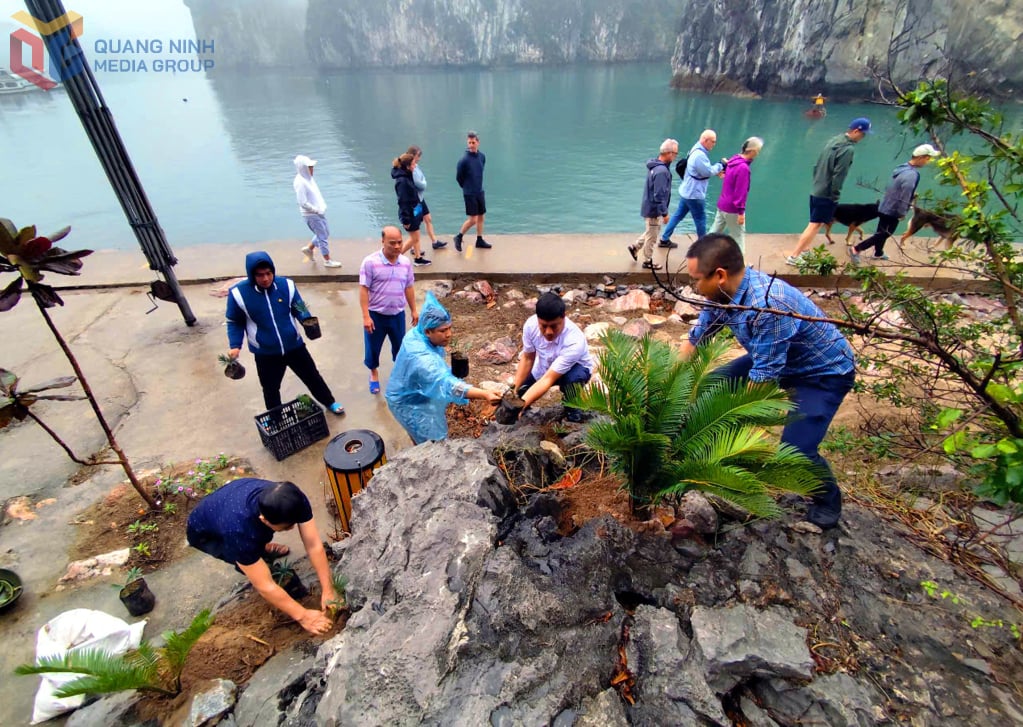

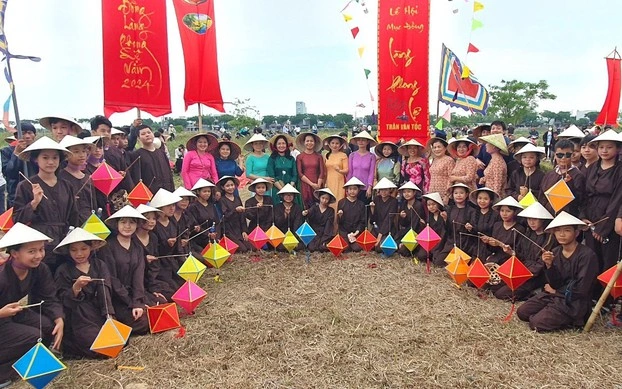

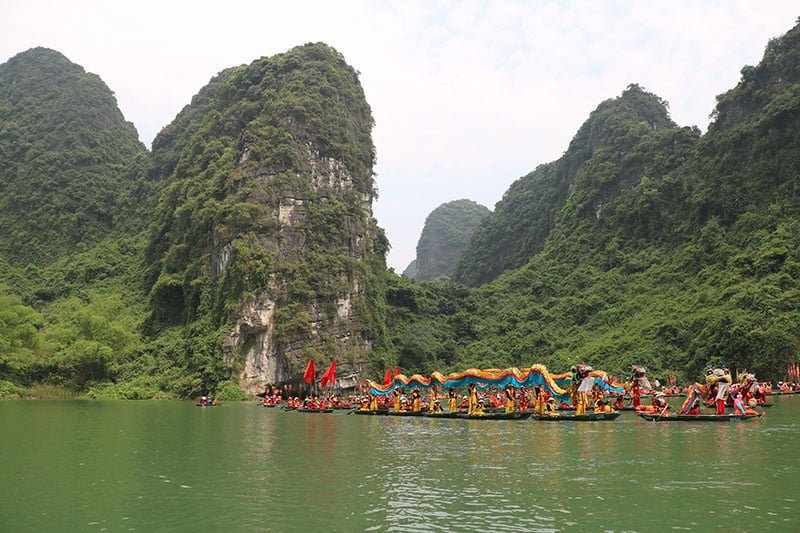



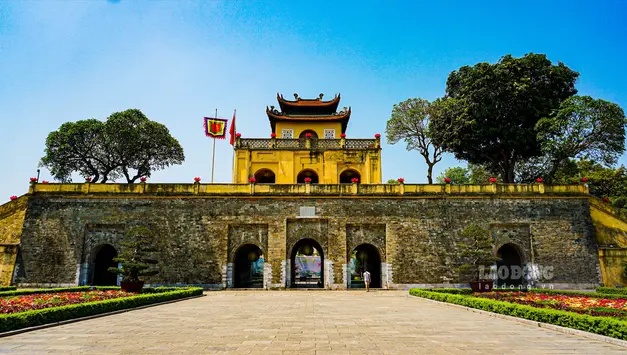

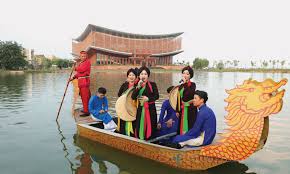






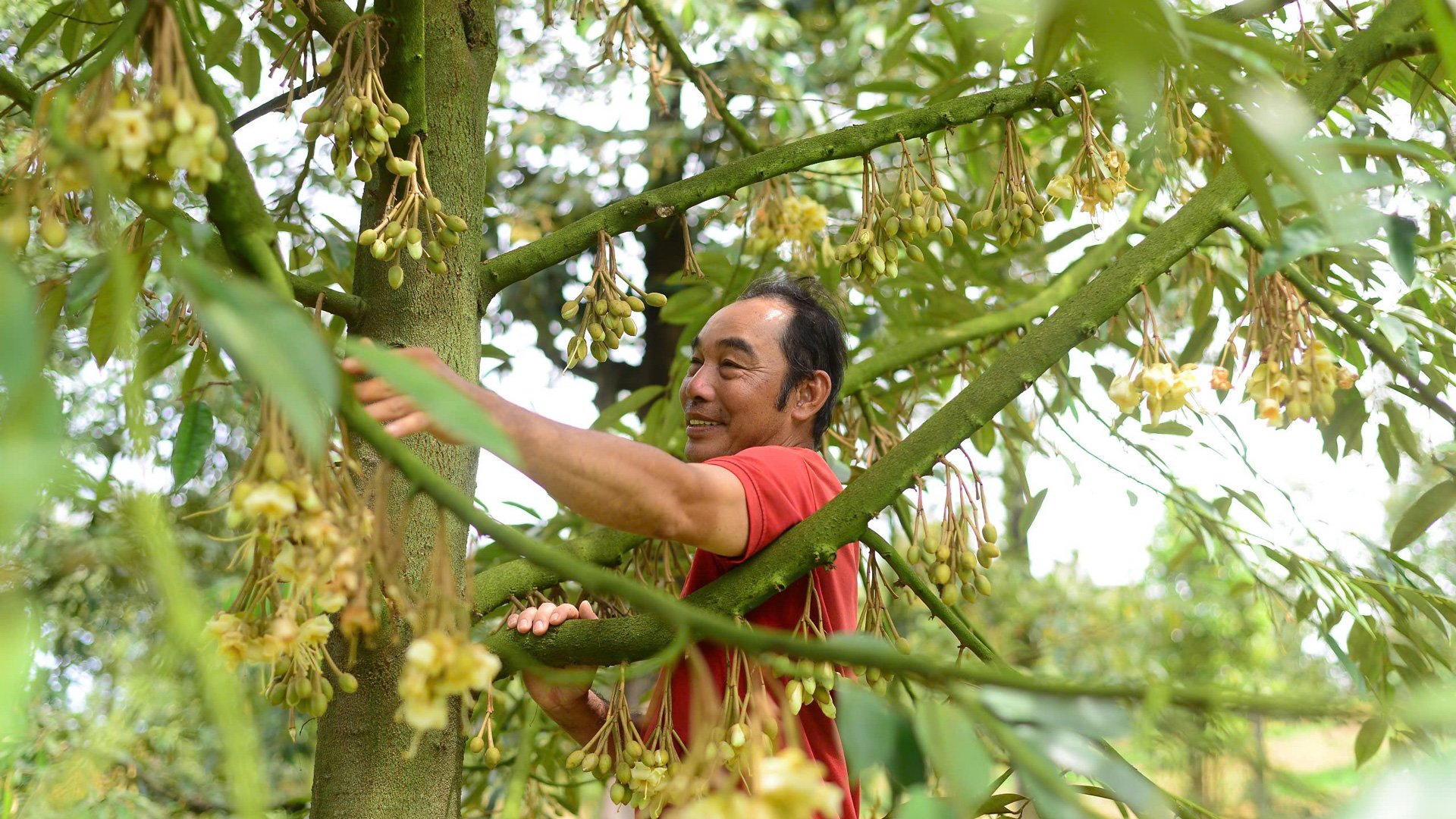

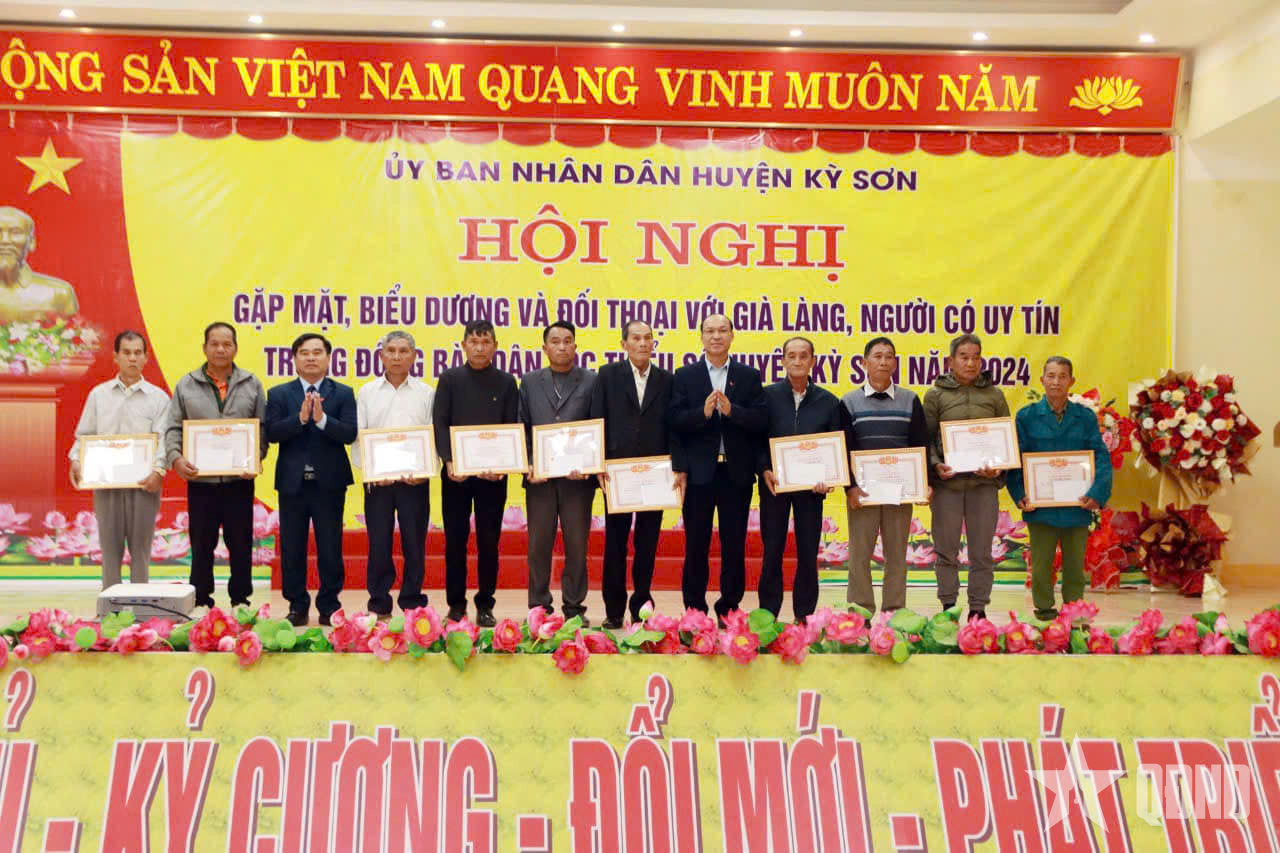









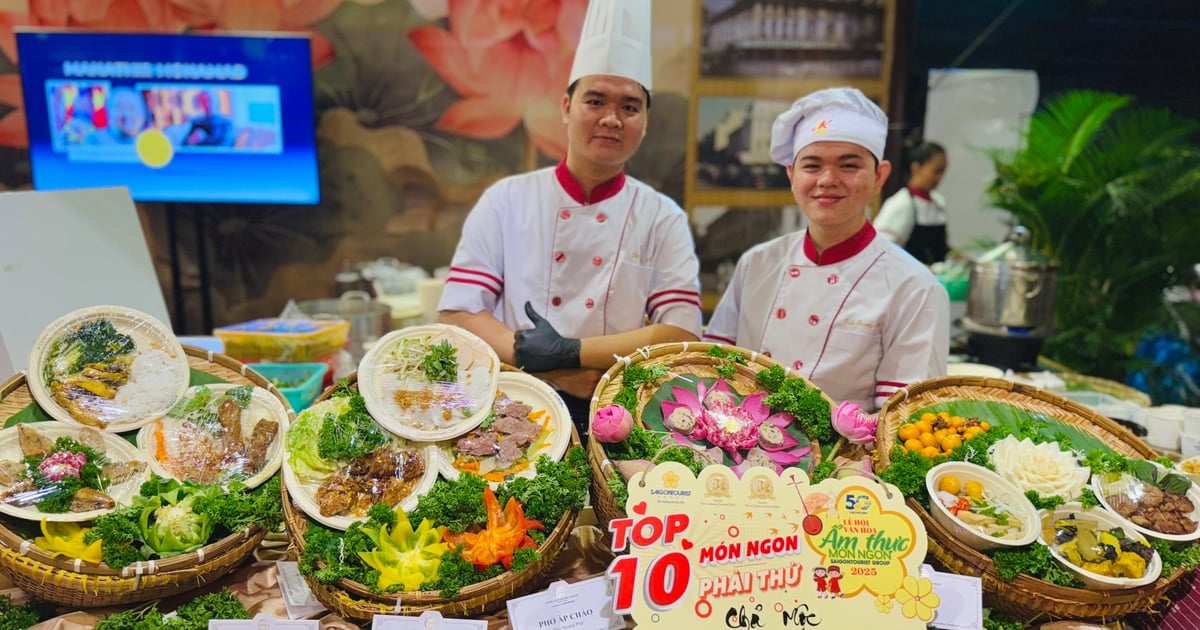
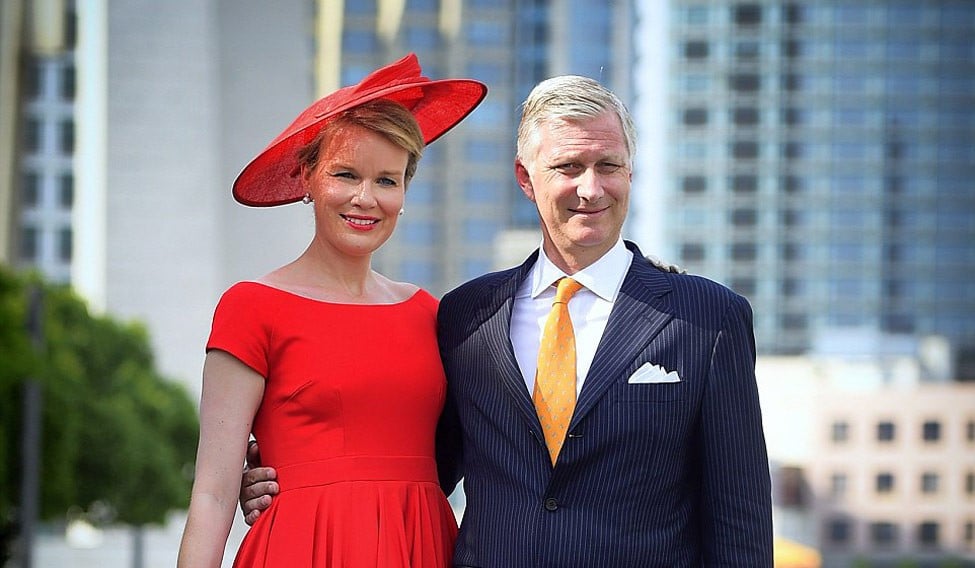

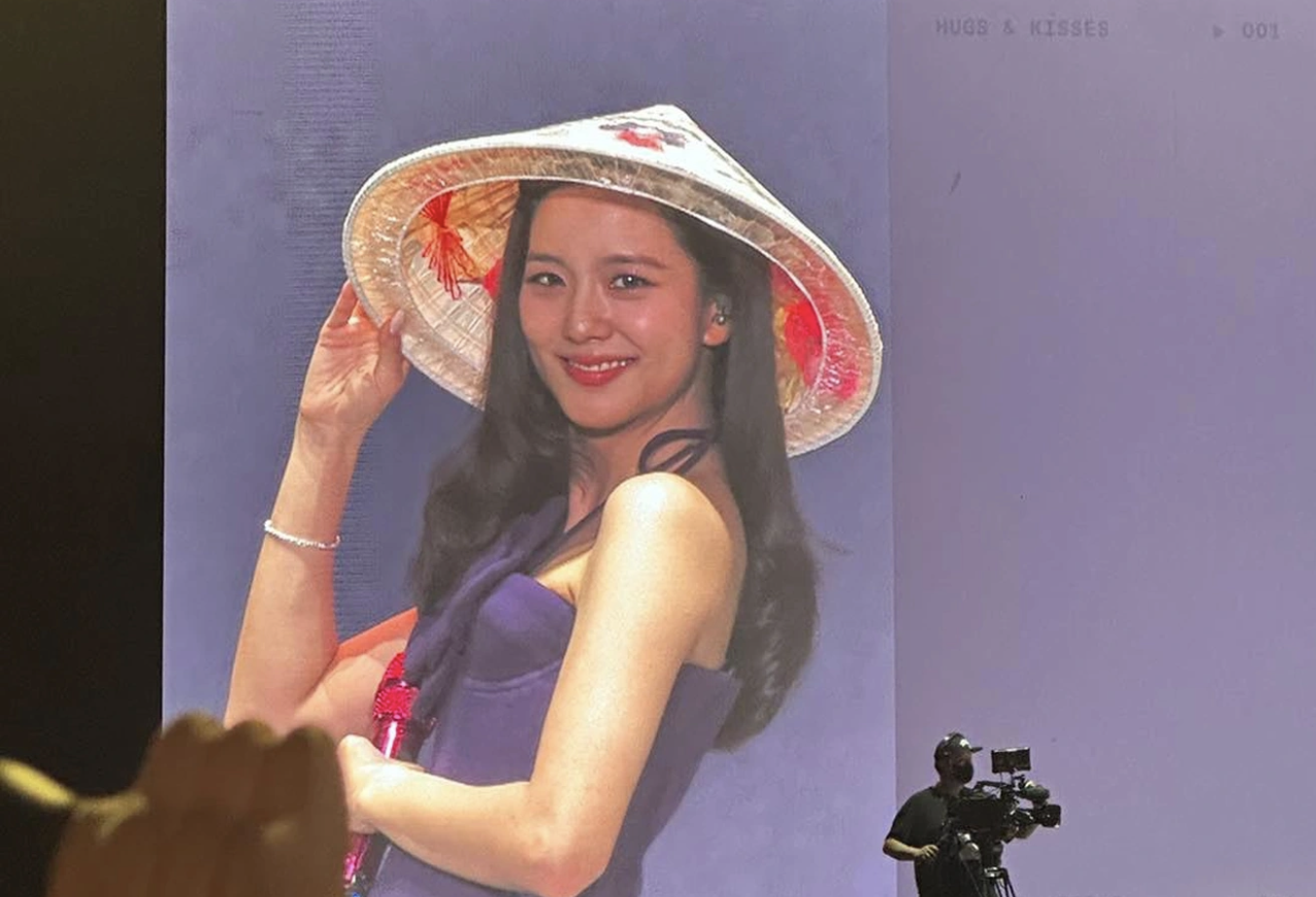

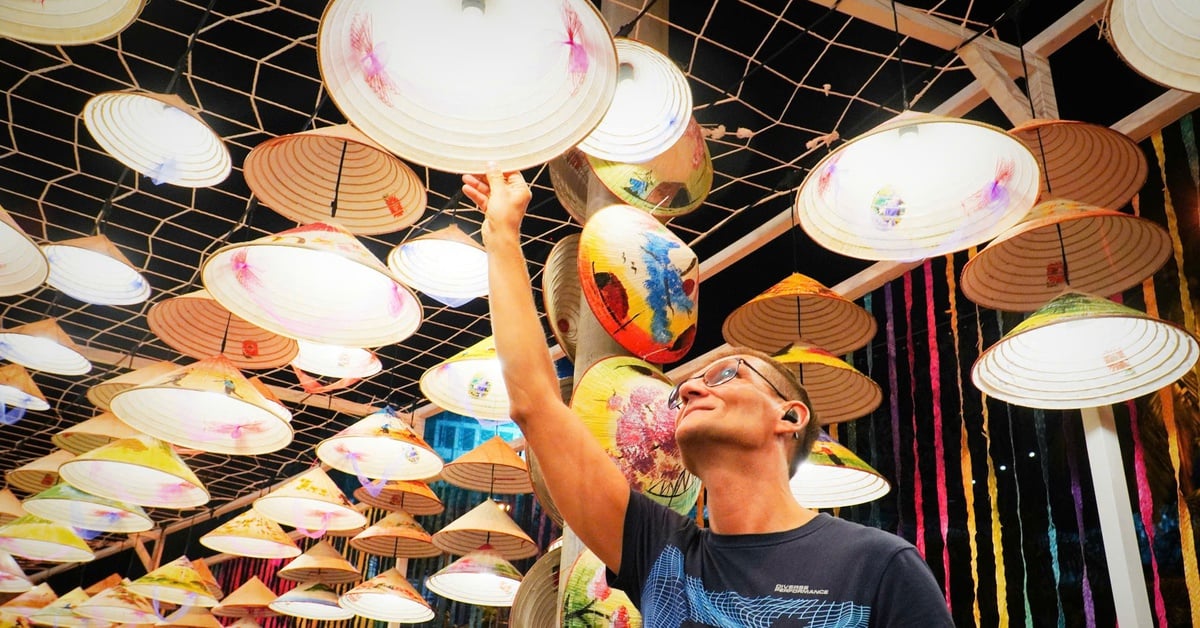

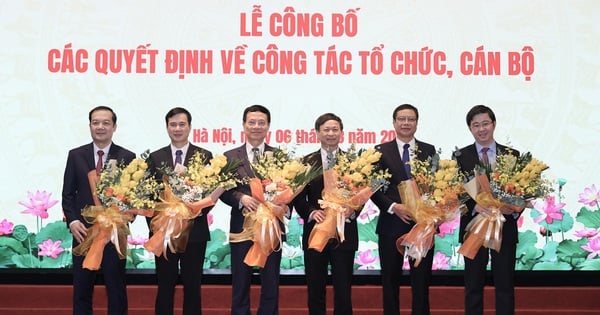

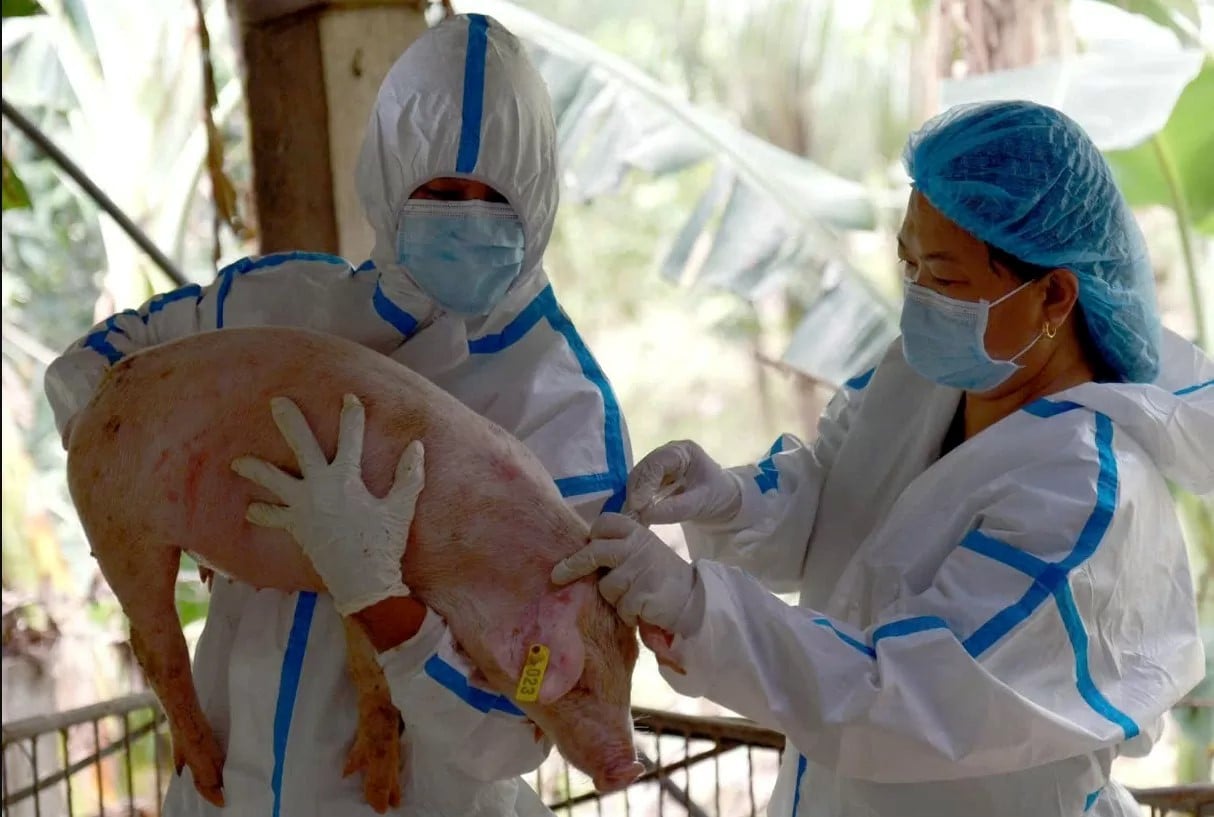

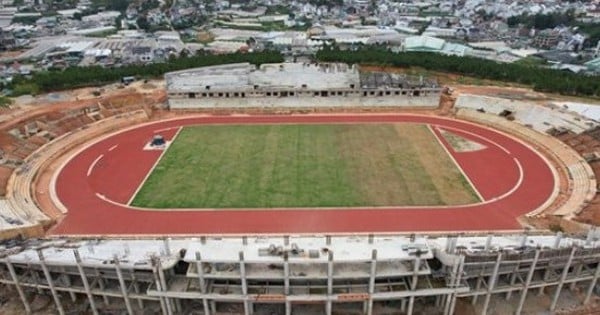



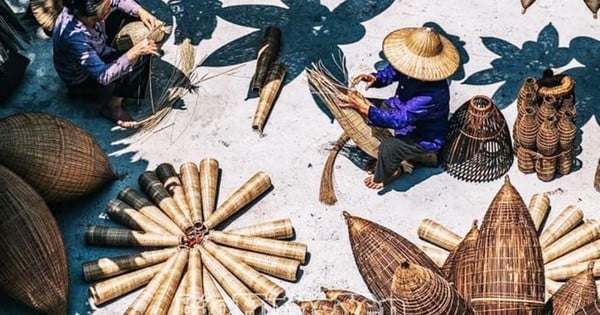
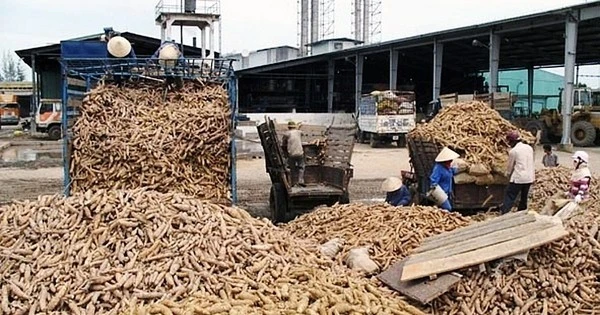

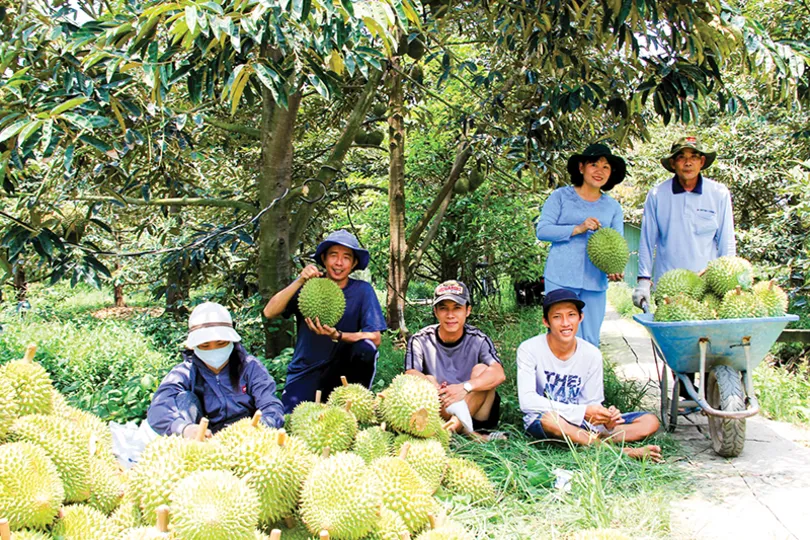

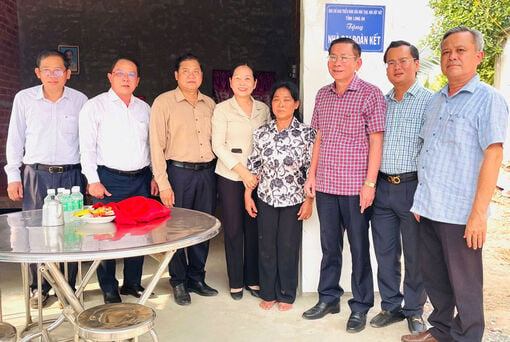

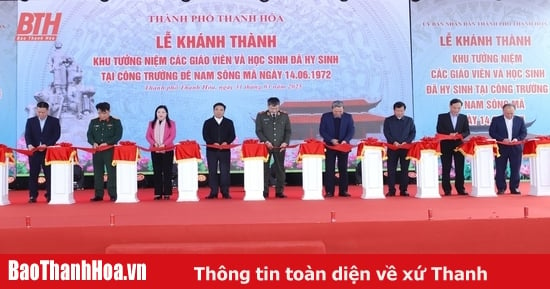

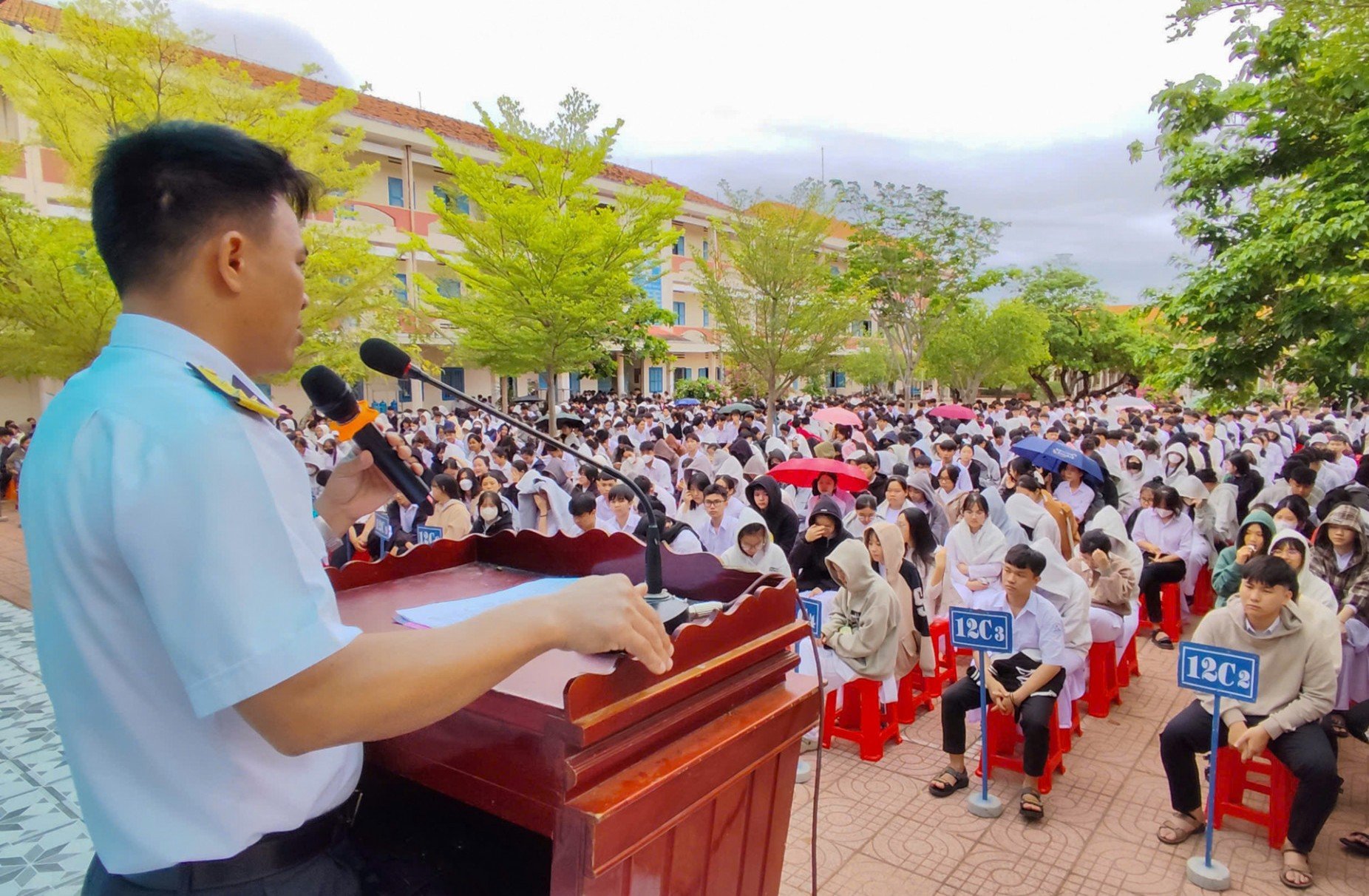

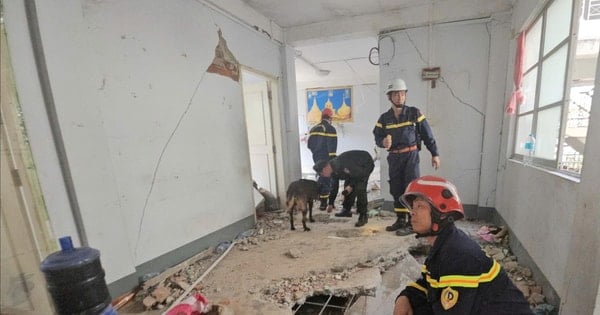





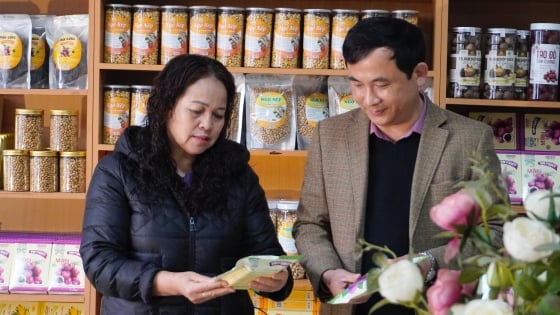
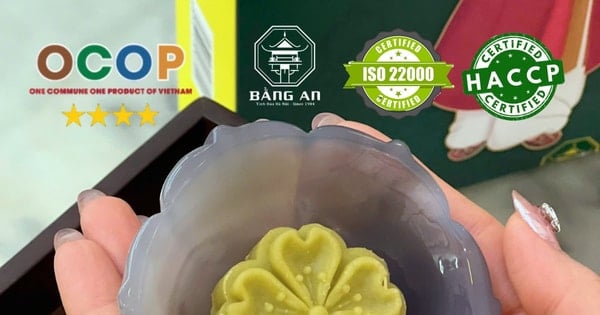
![[REVIEW OCOP] An Lanh Huong Vet Yen Cat](https://vstatic.vietnam.vn/vietnam/resource/IMAGE/2025/3/27/c25032328e9a47be9991d5be7c0cad8c)



Comment (0)